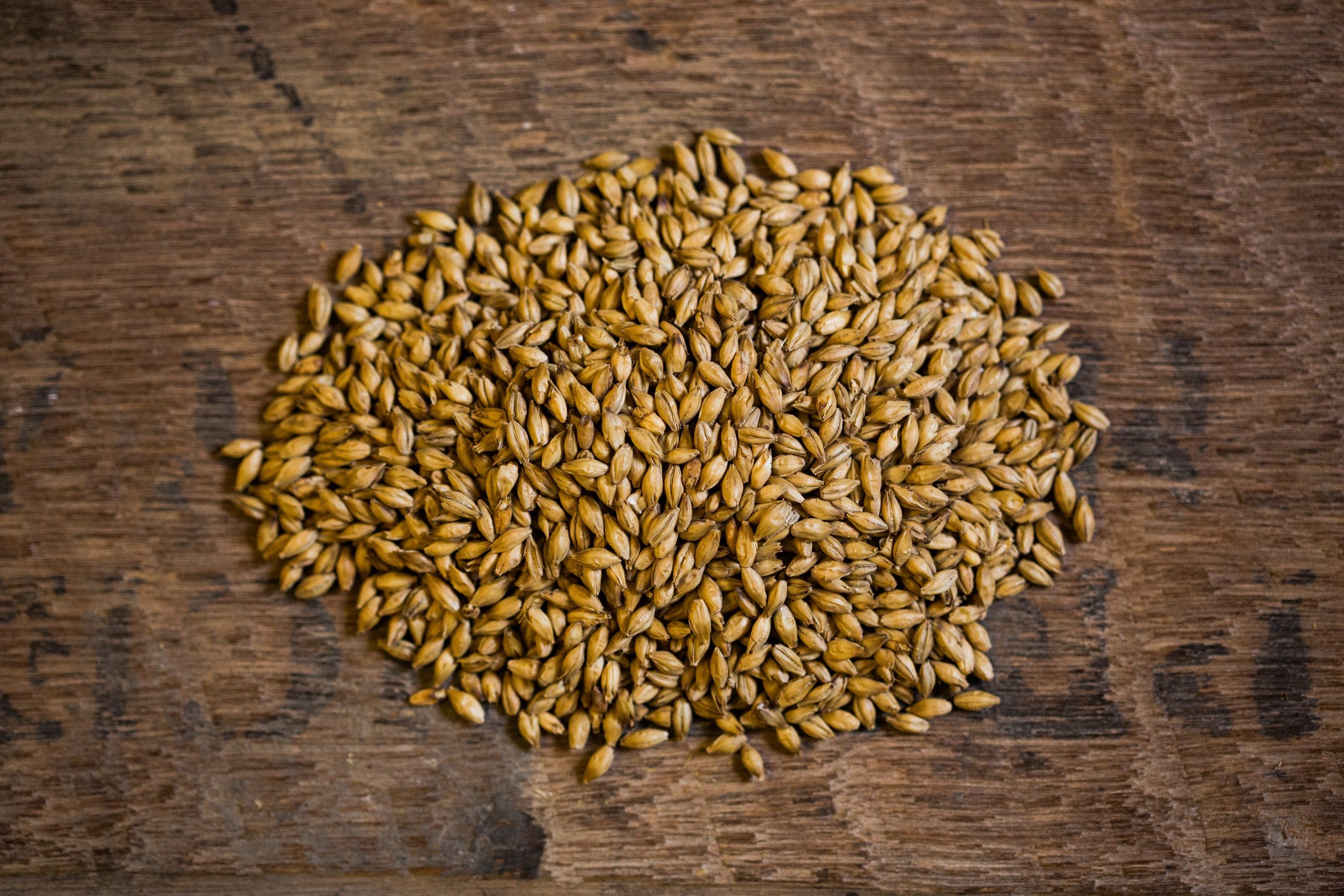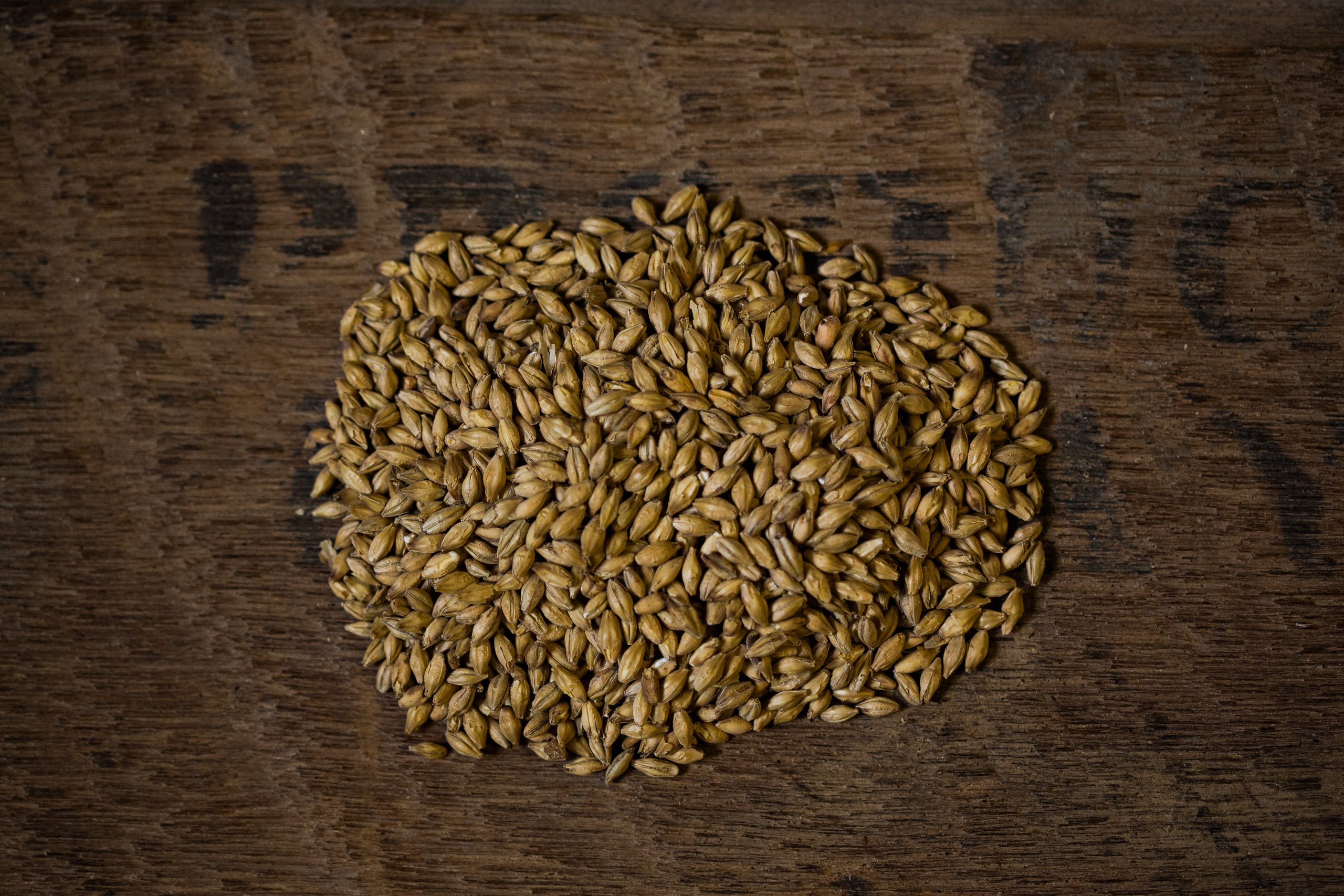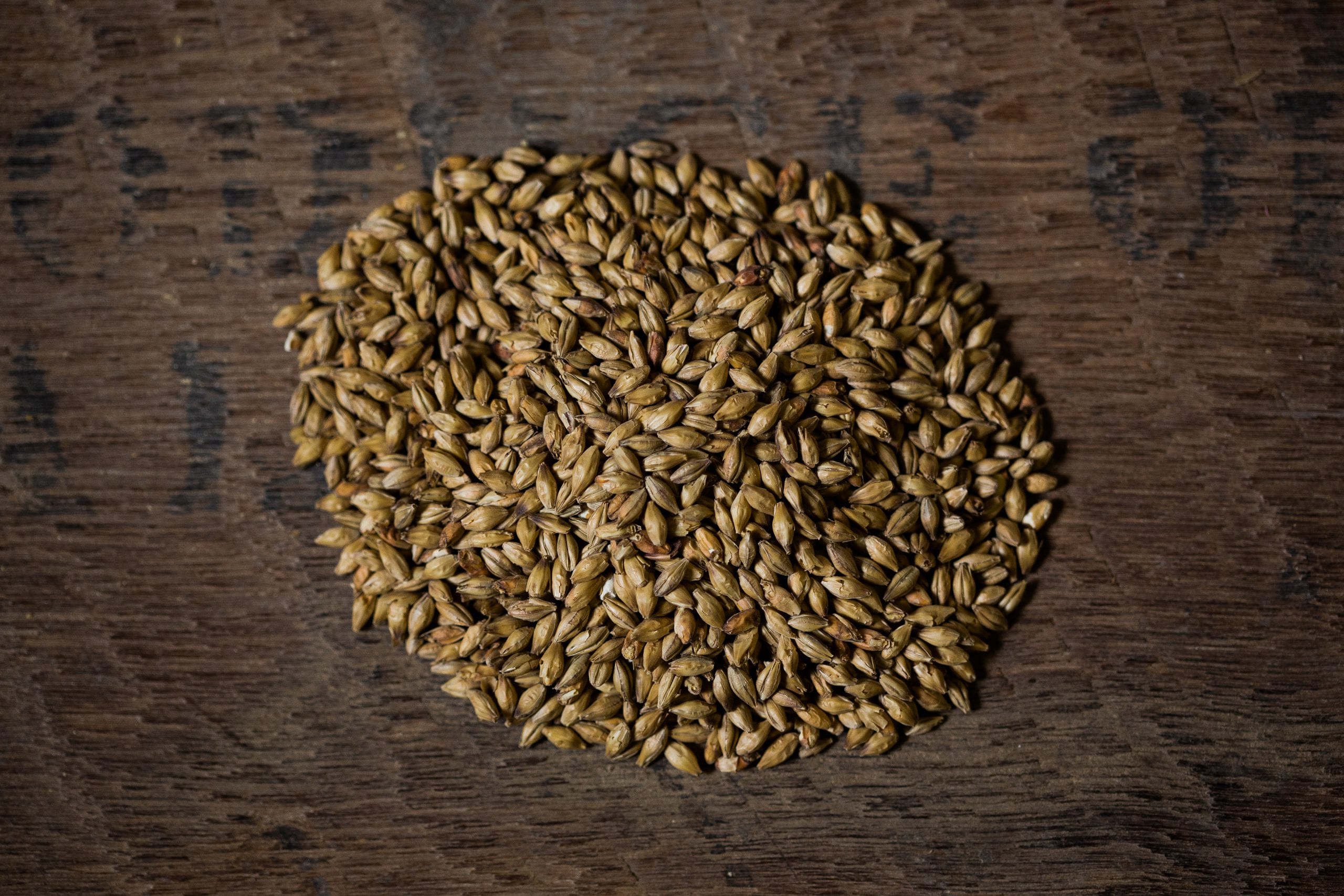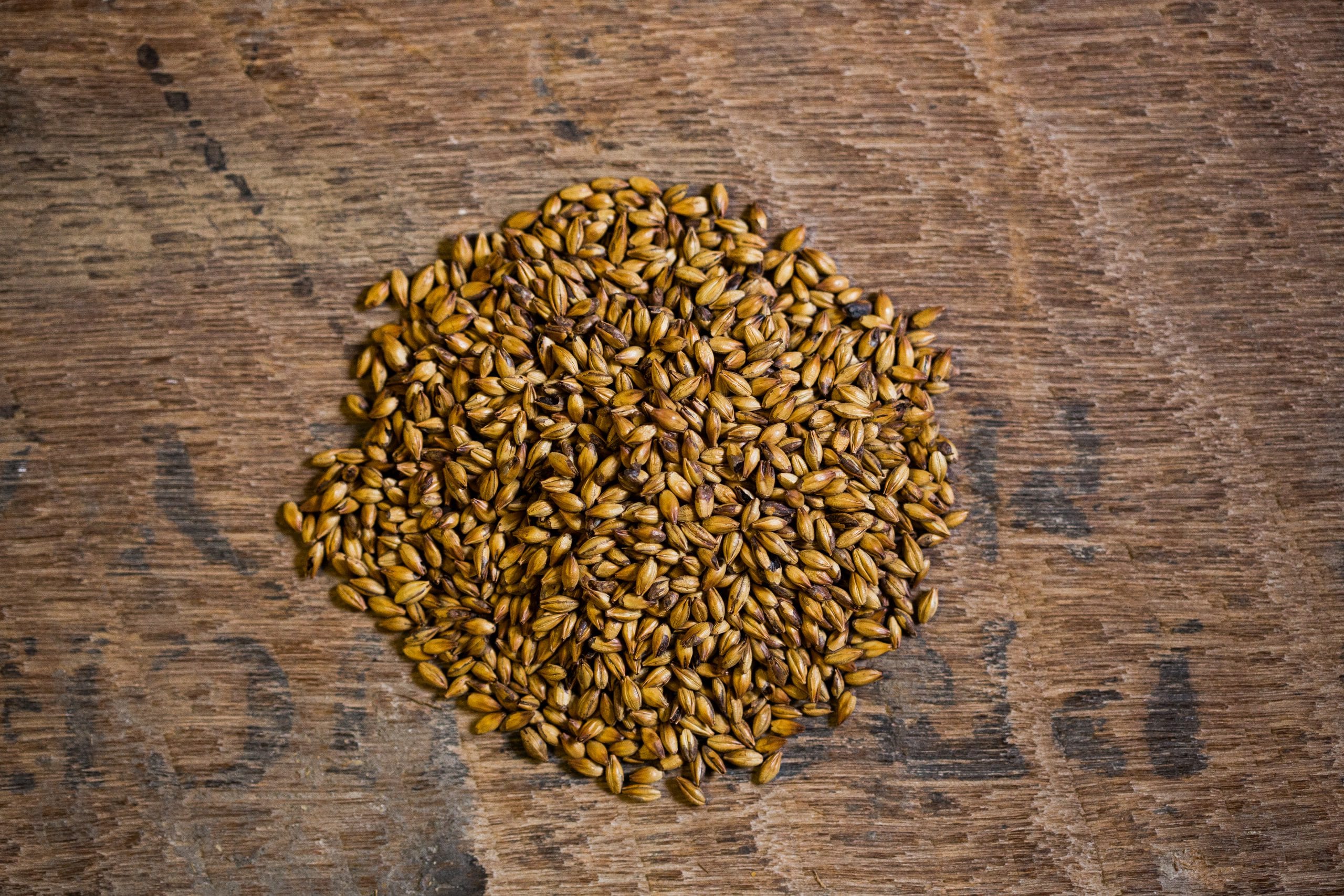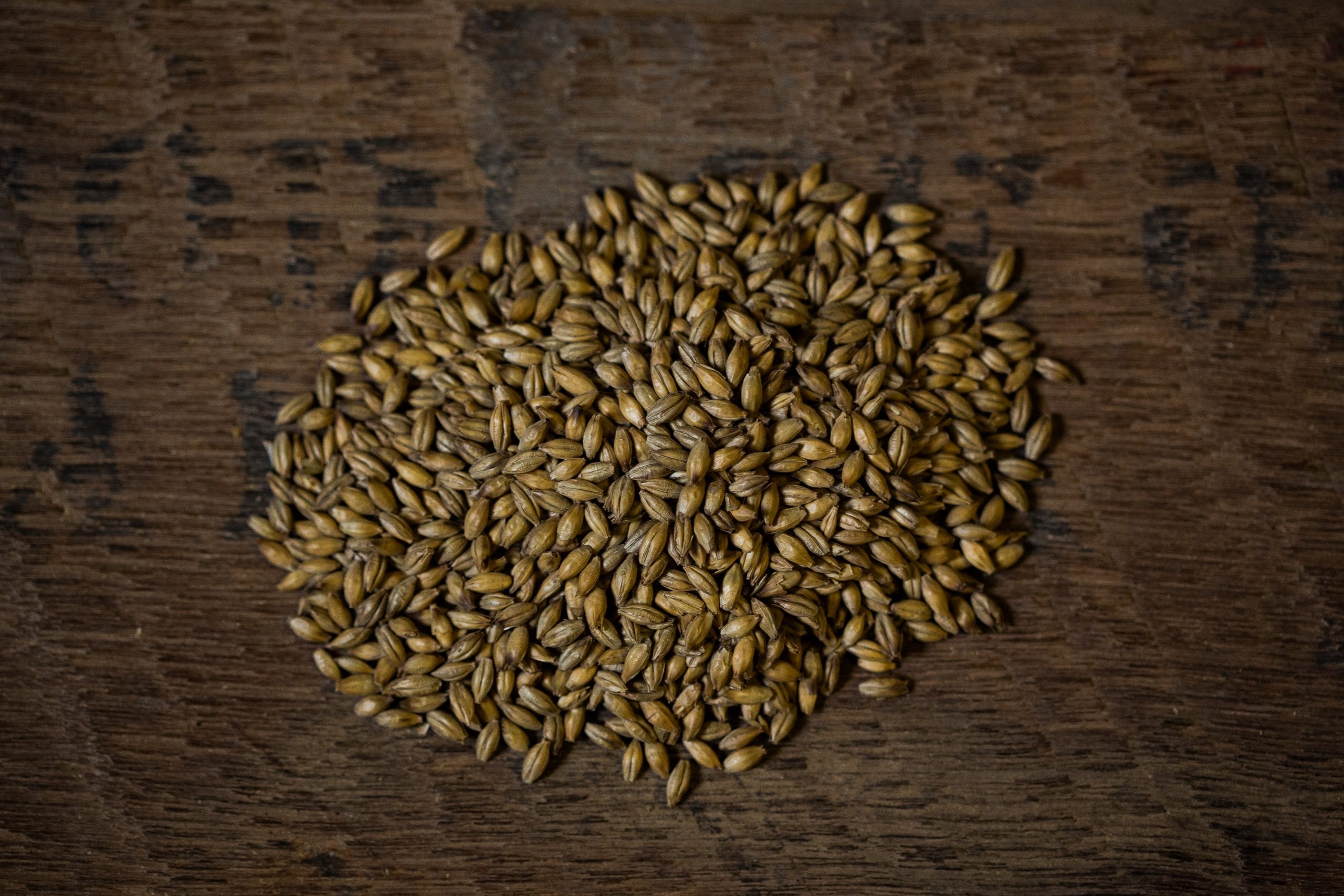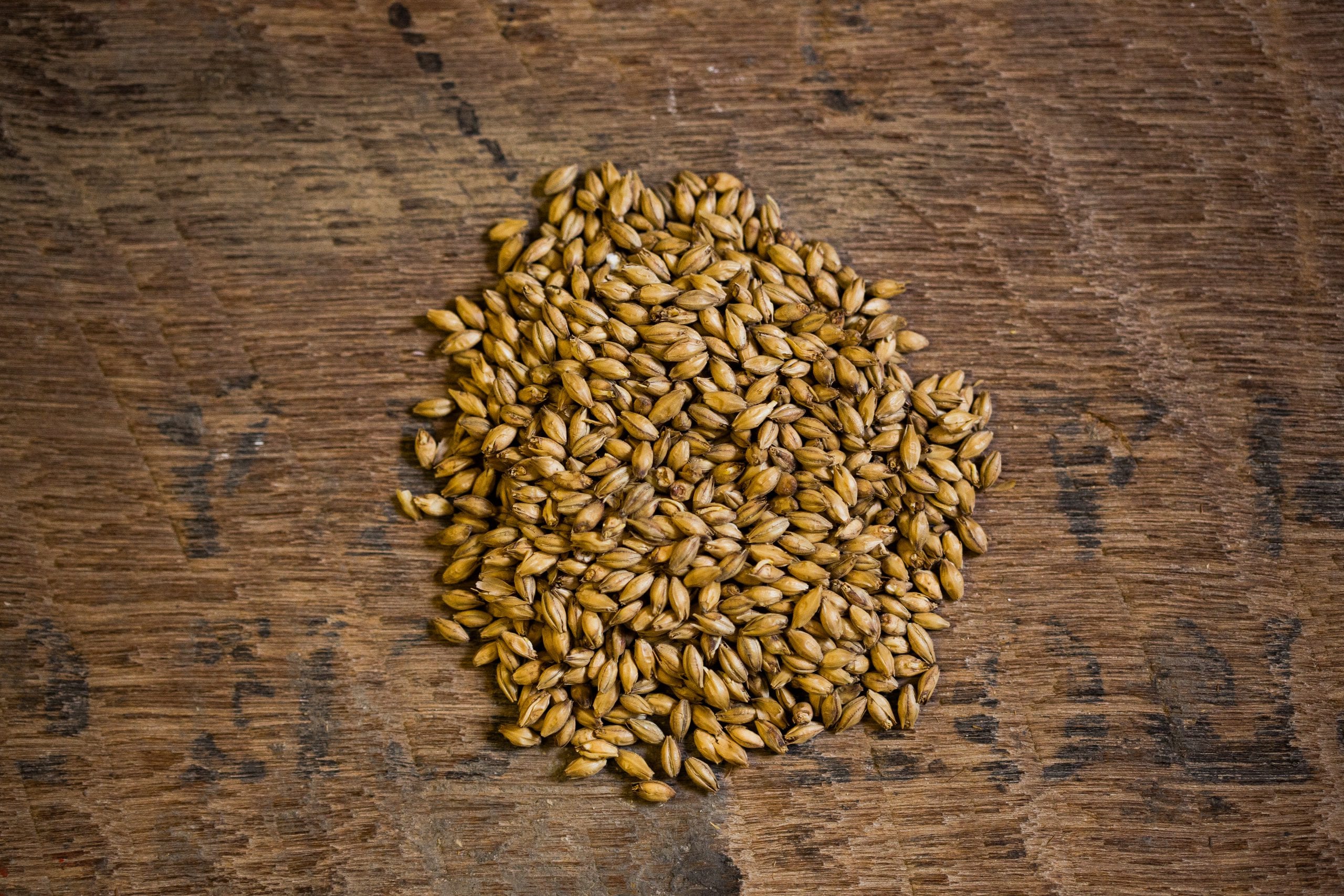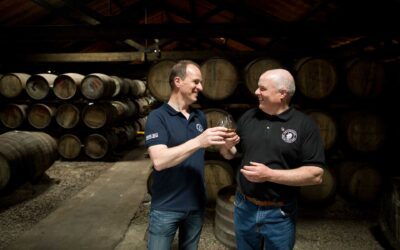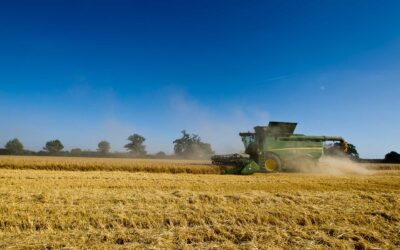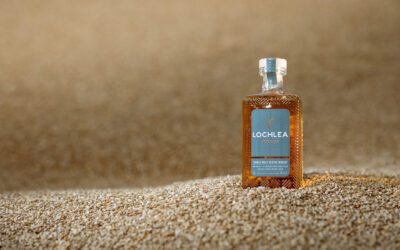Peated malt is a speciality product predominantly used by Distillers to produce peated whisky, although it is occasionally used by Brewers to produced beers with smoky undertones. For Baird’s, peated malt is solely produced at the Inverness plant in the Highland capital to service both the domestic and export markets, products range from lightly peated distilling malt though to heavily peated distilling malt. Malting is an art consisting of three very distinct stages, they are steeping, germination and kilning. Kilning is the point where peat reek(smoke) is introduced to the malt bed to impart the wonderful smoky characters to the grains.
Built in 1968 the creatively named ‘Plant 1’ consists of 10 malting vessels producing 40 tons of high quality malt per batch. Plant 1 is a static plant with the vessels being quite unique and perhaps the only in the United Kingdom that can facilitate Steeping, Germination and Kilning without the need for transfer during production, this gentle process allows the production of high quality malts. The plant consists of ten vessels with seven used for the production of white malts, whilst the three remaining vessels produce the much sought after peated malt. Good quality barley is the basis for the production of all quality malts, only approved varieties with a low nitrogen content, low skinning levels and a minimum viability of 98% can be used. During the busy harvest period all malt production ceases and locally sourced barley is dried for storage, the barley is then used to produce malt throughout the year.
Peat
Peat is the accumulation of partially decayed vegetation or organic matter. It is unique to natural areas called Peatlands, Bogs or sometimes Moors. For many centuries peat has been used as a fuel, it has been cut from the local bogs, dried out and burned to produce heat. Historically this was the case for many Scottish malting sites who used the peat as a kilning fuel prior to the introduction of coal and coke, the smoke passed through the malt bed as it was kilned resulting in smoky peated malt. Modern kilns are no longer fired using peat, they are predominantly gas fired with peat malt being produced in specially adapted kilns serviced by a peat fire to introduce the smoke to the airstream. The burning peat creates reek that is passed through the malt bed imparting phenolic compounds such as Phenol, Cresol, Eugenol and Guaiacol. This gives malt the smoky taste and smell we associate with peated malt and in turn peated Whisky. The peatiness of the malt is quantified by Phenols in (ppm) parts per million, lightly peated is up to 15, medium peated malt is 15-39 and heavily peated is 40+ Phenols.
The Process
Carefully selected low Nitrogen Highland barley is submerged in steep water, utilisation of multiple steeps and air breaks raise the grain moisture content to between 45 – 47%. During the Germination phase the grains can be seen to physically grow, this phase continues for between 72 to 84 hours. Humidified air is passed through the grain bed with grain bed temperatures controlled until full endosperm modification is achieved. The malt beds are regularly turned to prevent matting and hotspots. Turning all 10 boxes in plant 1 is completed by one turning machine with helical screws, this is quite a feat with doors being raised and detachable rails connected for vessel entry. Having raised the moisture content of the grains we must now remove a portion of it, this will give us the optimal conditions for the addition of peat reek to impart its magic to the grain bed. The process for moisture removal is known as Kilning. At the optimal point of Kilning the reek is introduced into the airstream. The reek is created by smoldering peat in a specially adapted fire. The peating process is carefully monitored by operators who ensure flaming of the fire does not occur by raking and adding peat. The use of peats from different geographical areas can offer differing Phenol profiles in the final malt. Between 48 and 84 hour of reek is passing through the grain bed, the fire is then burned out and the grain bed is dried down using a gentle Kilning profile until the target moisture of less than 5% is achieved.

